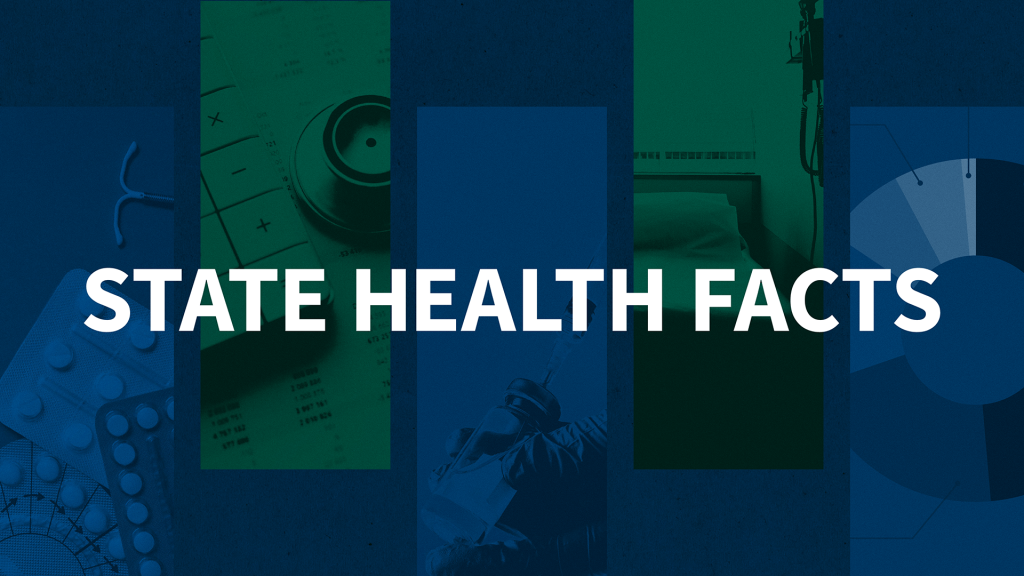Interest in Using Over-the-Counter Oral Contraceptive Pills: Findings from the 2022 KFF Women’s Health Survey
This brief presents data from the 2022 KFF Women’s Health Survey about reproductive age (18-49) females’ preferences for an over-the-counter contraceptive pill (N = 4,088).
